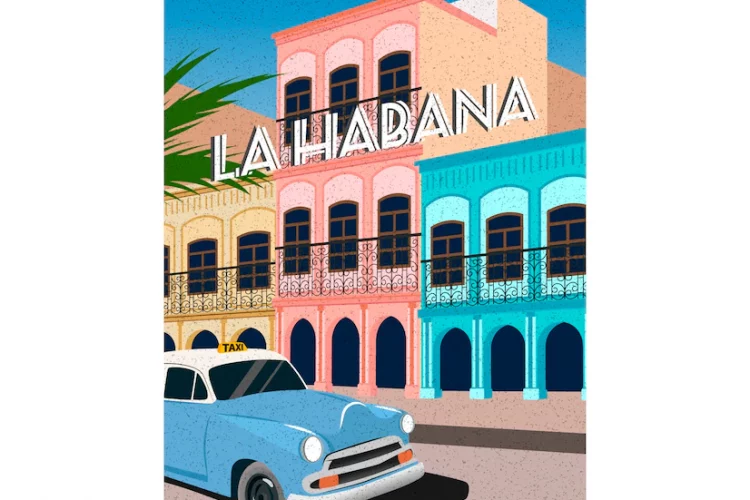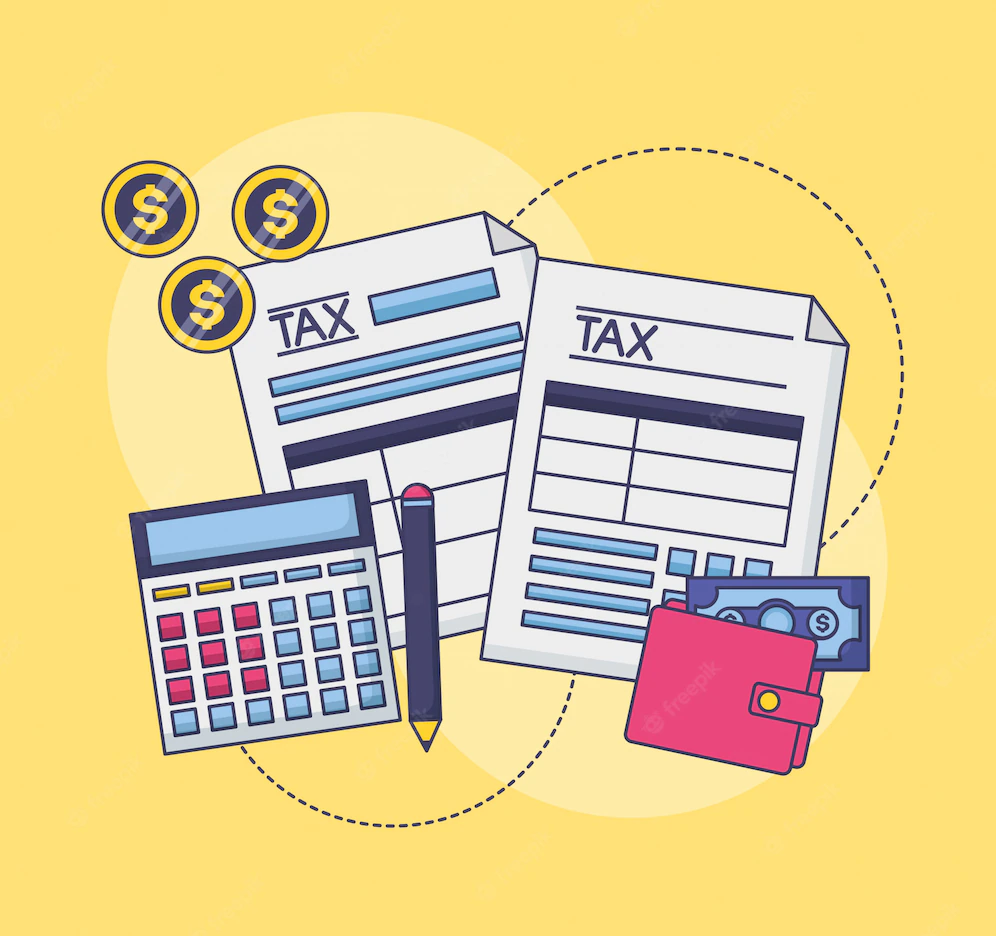The buzz surrounding the seemingly impromptu restoration of American and Cuban relations has been a constant, with the most recent update, as of April 2015, involving the official removal of Cuba from the US’s State Sponsors of Terror List. Businesses and consumers throughout the United States and Cuba are gearing up quickly to begin what is sure to be a mutually beneficial commercial relationship, as both countries’ businesses and governments can now conduct trade together, and US citizens can now travel to Cuba.
Building an Infrastructure for American-Cuban Commerce
Though technically Americans have been able to legally travel (under certain circumstances) to Cuba since December of 2014, the infrastructure, however, necessary to support an American-centric tourism industry in Cuba has not yet been established. For one thing, there is an issue of form of transactions. Most Cuban businesses are cash-based only, and, until very recently, American credit card companies could not and did not support US-issued card processing in Cuba. In March of 2015, MasterCard became the first credit card company to remove its block on US-issued cards in Cuba. AMEX, Citi, and JPMorgan have issued statements that they are still waiting for more details about US-Cuban relations before removing their blocks.
Furthermore, the major banks have yet to make a move regarding Cuba because bankers fear being tripped up in sanctions from the US government, despite the fact that Cuba is now off the Terror List. The US congressional embargo against Cuba still prohibits most investment and financial transactions in Cuba. Plus, Cuba currently has imposed a 10% surcharge against the US dollar, which is also a deterrent to US-Cuba tourism and commerce.
Another obstacle is Cuba’s extreme lack of Internet service, the platform by which a majority of Americans rely on for business and travel. According to the Internet freedom watchdog, Freedom House, only about 5% of the Cuban population have access to the Internet not controlled by the government.
Developments between the two nations are moving forward quite quickly and steadily when considering all that has happened in the last four months compared to the last 50 years of chilled relations. Check out some of the interesting facts about the history of Cuba and the United States and the American businesses that have already reached Cuba.
U.S. Companies Entering Cuba
Since the easing of the trade embargo, multiple American businesses have made moves to establish themselves in Cuba, though many of such moves are more symbolic in nature. There has been some hubbub concerning an overly American commercialized Cuba, that features McDonalds and Starbucks on every corner, however, this apprehension is far from coming to fruition anytime soon. In the meantime, the American companies listed below have made some moves in Cuba over the past few months.
Netflix announced it would begin streaming in Cuba, though since most of the nation does not have Internet access, Netflix’s proclamation is largely symbolic only.
Airbnb began listing local Cuban residents’ homes available to tourist rental, though as Airbnb is also a web-based service, and the majority of the country lacks the Internet, its service is likely quite limited at this point.
DT Corp, a telecoms company based in New Jersey, signed an agreement with Cuba’s government-owned phone company to establish the first direct, long-distance connection service between the US and Cuba.
American Airlines and JetBlue have been operating charter flights to Cuba for years, and the airlines are eager to offer commercial flights, though no commercial flights are yet available between the US and Cuba. Delta and Southwest have also expressed interest in establishing commercial flights to Cuba.
US and Cuba Timeline
Interestingly enough, Cuba and the United States share a similar timeline in terms of European conquest, establishing independence, and country development. Below is a timeline of Cuba’s history as a country and the developments that led to a thawing of relations.
· 1492: Christopher Columbus claims Cuba for Spain during the expedition for which he was believed to have discovered America
· 1511: Diego de Velazquez begins Spanish conquest of Cuba
· 1512: Rebellion of Hatuey first recorded instance of native Cuban resistance against Europeans
· 1526: Spaniards begin importing slaves from Africa
· 1713: European cultivation of sugar and tobacco in Cuba begins
· 1754: The Seven Years’ War (aka the French and Indian War in the US) begins
· 1762: British forces capture Havana near the end of the Seven Years’ War
· 1763: Treaty of Paris ends Seven Years’ War and Britain returns Havana to Spain
· 1775-1783: The American War of Independence against Britain
· 1809: President Thomas Jefferson sends letter to James Madison about potentially acquiring Cuba
· 1863: President Abraham Lincoln signs the Emancipation Proclamation
· 1865: US Civil War ends and slavery abolished
· 1868-1878: Cuba fights for independence from Spain during the Ten Years’ War
· 1878: The Ten Years’ War concludes in a truce with Spain promising reforms
· 1879-1880: The Smallest War revolution against Spain lasts less than a year
· 1886: Spain abolishes slavery in Cuba
· 1895-1898: Jose Marti leads a second war of independence against Spain
· 1898: US Congress recognizes Cuban independence from Spain, demands Spain relinquish authority over Cuba, and authorizes President William McKinley to use military force against Spain, beginning the Spanish-American War
· 1898: US defeats Spain and Spain gives up all claims to Cuba and cedes it to the US
· 1901: Cuba agrees to become an American protectorate and accepts Platt Amendment
· 1902: US ends its military presence in Cuba, and Cuba becomes an independent nation with Tomas Estrada Palma as its first elected president
· 1903: US signs an agreement acquiring a naval station at Guantanamo Bay
· 1906-1916: US periodically reinvades Cuba due to continuous political unrest
· 1914-1918: World War I
· 1926: Fidel Castro is born
· 1933: Military coup replaces Cuban president
· 1933: Another coup replaces Cuban government
· 1939: World War II begins
· 1942: Cuba declares war on Germany, Japan, and Italy
· 1945: World War II ends
· 1948: Cuba’s last democratically-elected president takes power
· 1952: General Fulgencio Batista stages a coup and overthrows the government
· 1953: Castro leads an unsuccessful revolt against the Batista regime
· 1956: Castro, aided by Ernesto “Che” Guevara, wages guerilla war
· 1958: The US withdraws military aid to the Batista regime
· 1959: Castro overthrows Batista and becomes the leader of Cuba after leading an armed revolt
· 1960: The US implements an economic embargo against Cuba
· 1961: Cuban exiles trained by the CIA try to overthrow Castro’s dictatorship in the failed Bay of Pigs invasion
· 1961: The Kennedy administration implements Operation Mongoose to destabilize the Cuban government and economy, and assassinate Castro
· 1962: The Cuban Missile Crisis causes panic when Castro allows the Soviet Union to place missiles on Cuban soil
· 1980: 125,000 Cubans flee to the US after the Cuban government opens its coast for anyone to leave with a permit
· 1991: Soviet military advisers leave Cuba after the fall of the USSR
· 1993: Cuba legalizes the US dollar, privately owned business and services, and allows farmers to sell some produce privately rather than to the state only
· 1994: Cuba and the US make an immigration agreement that the US will accept 20,000 Cubans annually, contingent that the Cuban government controls the exodus of Cuban refugees
· 1996: Congress tightens the Cuban trade embargo further after Cuba shoots down two US civilian air force jets
· 1997: The Clinton administration approves licenses for US news organizations to open bureaus in Cuba
· 1998: President Bill Clinton signs executive order allowing for the sale of some food and agricultural products to Cuba
· 1999: Elian Gonzalez becomes the subject of an international custody battle between his relatives in Miami and his father and the Cuban government over where the boy should live
· 2001: US exports food to Cuba for first time in 40 years after Cuba hit by Hurricane Michelle
· 2002: first Afghan prisoners arrive at the US Guantanamo Bay Naval Station
· 2003: President George W. Bush initiates more robust campaign to end communism in Cuba
· 2008: Castro’s brother, Raúl Castro, officially becomes president of Cuba
· 2009: President Barack Obama lifts restrictions on family travel and remittances to Cuba
· 2011: Cuba passes law allowing individuals to buy and sell private property for the first time in 50 years
· 2011: US releases Cuban agent Rene Gonzalez from a Florida jail
· 2013: President Obama and Raul Castro meet at the Nelson Mandela memorial service
· 2014: US and Cuba swap more prisoners, including Alan Gross
· 2014: President Obama announces the US will normalize relations with Cuba
· 2015: President Obama removes Cuba from the State Sponsors of Terror List
· 2018: Cuban First Vice President Miguel Mario Diaz-Canel Bermudez, a civilian, is formally set to take over the presidency in 2018
For more information, please email us at hello@merchantservicegroupllc.com




